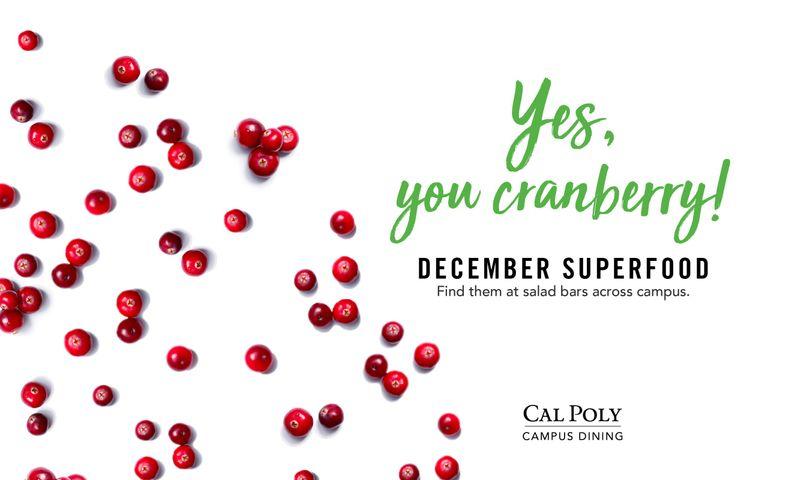Famously known for it’s canned jelly form, cranberries make a delicious addition to your diet as well as your Thanksgiving meal. This super-fruit is packed with nutrients, ranging from vitamin C and fiber to powerful antioxidants, outranking nearly every fruit and vegetable — including strawberries, spinach, broccoli, red grapes, apples, raspberries, and cherries.
Cranberry phytochemicals, found in antioxidants, protect your DNA from high oxidative stress and free radical damage. The rich, red color of the berry is what alerts us to the presence of the powerful antioxidants that repair and support your DNA. Similarly, cranberries are also a source of picatechins, quercitin and ursolic acid, all of which are potent cancer fighting agents.
Compared to cranberry cocktail juice or jellied sauce, frozen, dried, or freshly juiced cranberries tend to be less sugary and a more health conscious way to incorporate the fruit into your diet. Fresher’s always better! After purchasing the fruit, cranberries can be stored in a tightly-sealed plastic bag in the refrigerator and will last up to two months. Also known as bounce berries, a good, ripe cranberry will bounce when put to the test. These small air pockets in the berry also cause them to float in water, where the majority of them are grown. While storing them, make sure to remove any soft cranberries, for if one begins to soften and decay so will the others. Here are a few ideas to add these antioxidant powerhouses to your diet:
- Add dried cranberries to your cereal, salads, grains, yoghurt, applesauce, hot tea, and even chicken or meat dishes
- Sneak cranberries into muffins or other baked goods for additional color and flavor
- Drink 100% fruit juice that includes cranberries
Want more? Here are 50 things to make from cranberries. From chutneys to salads, there’s something for everyone.
To get into the holiday spirit, here’s a recipe for Christmas Cranberries that will be sure to be a family favorite!

